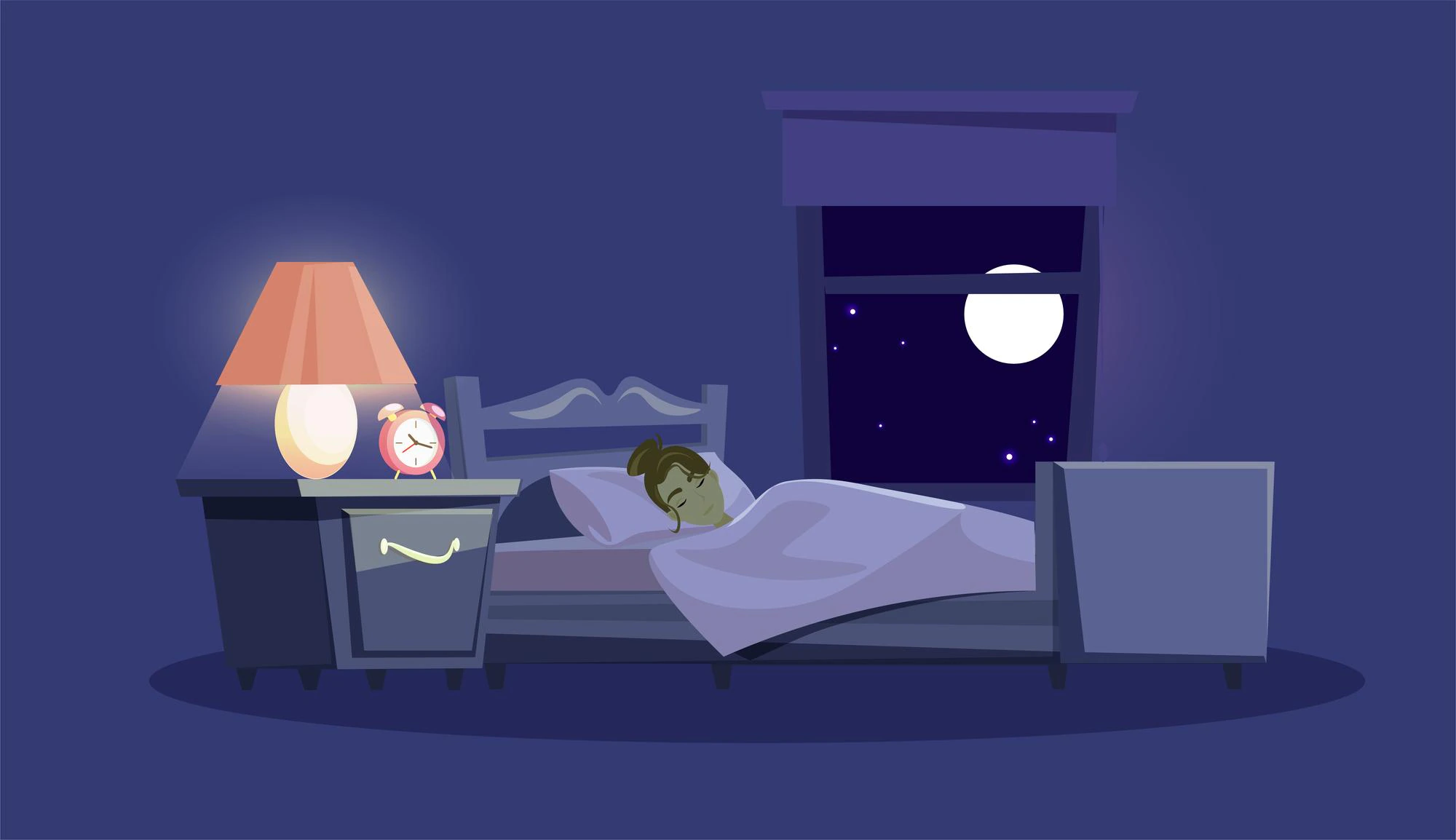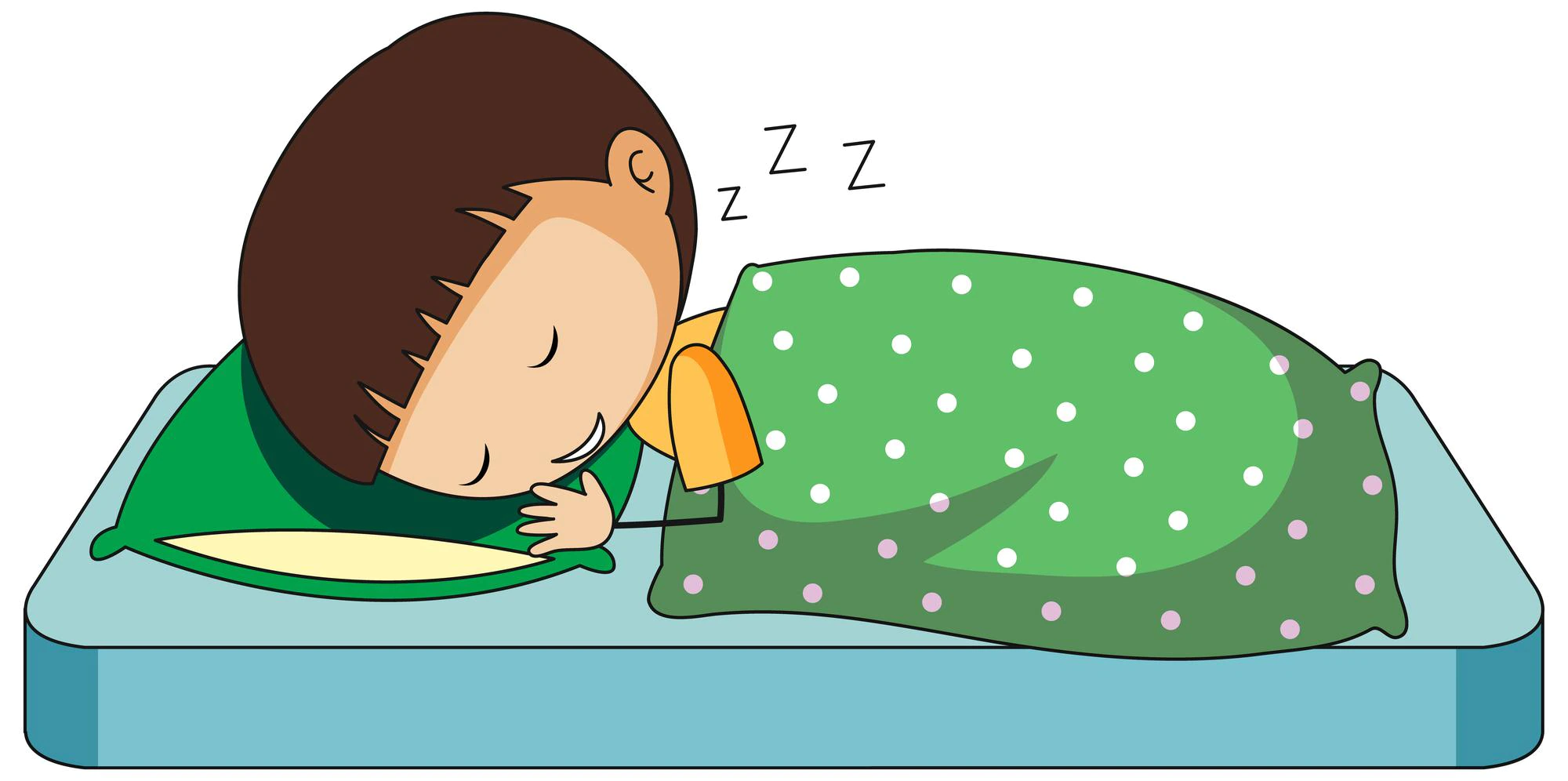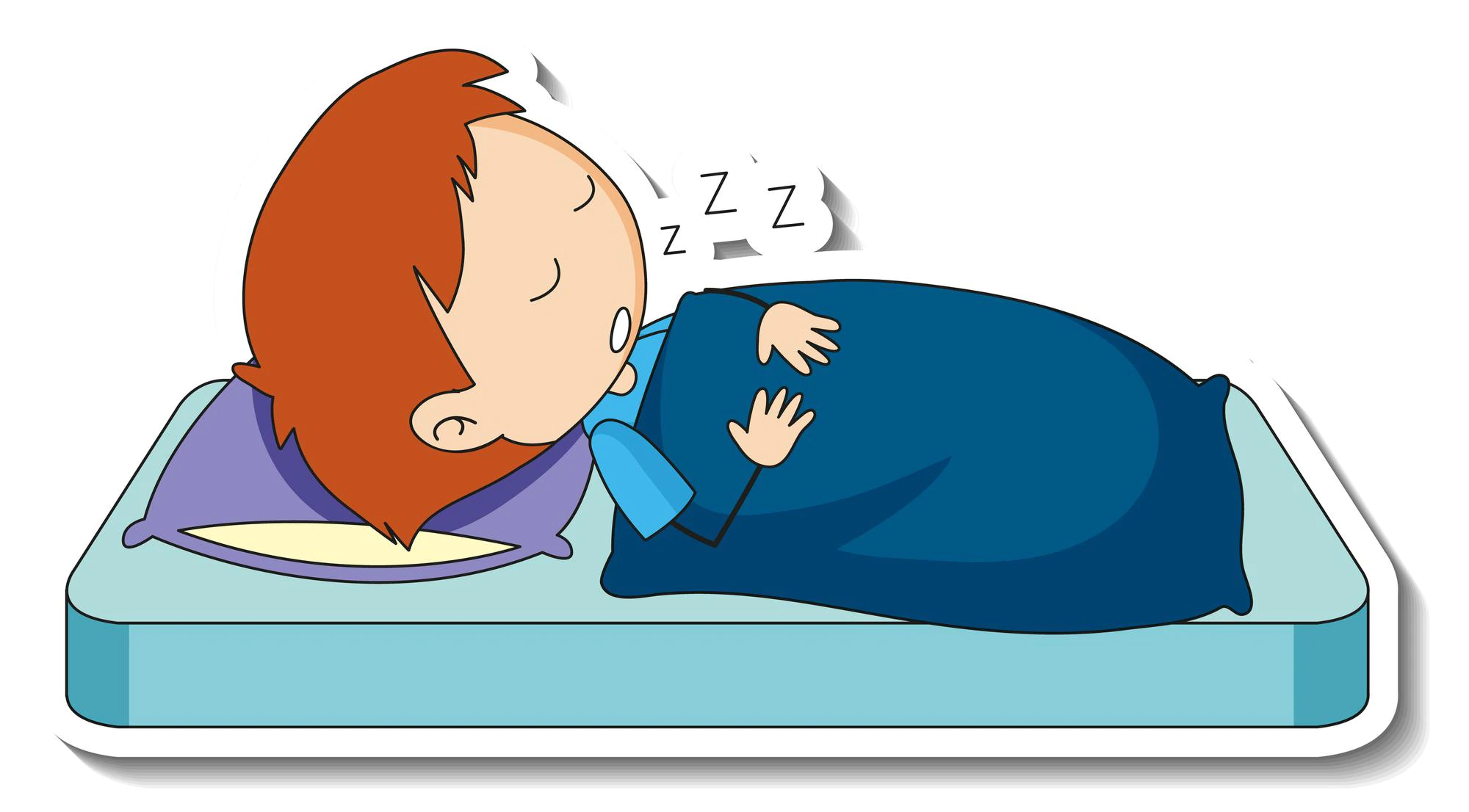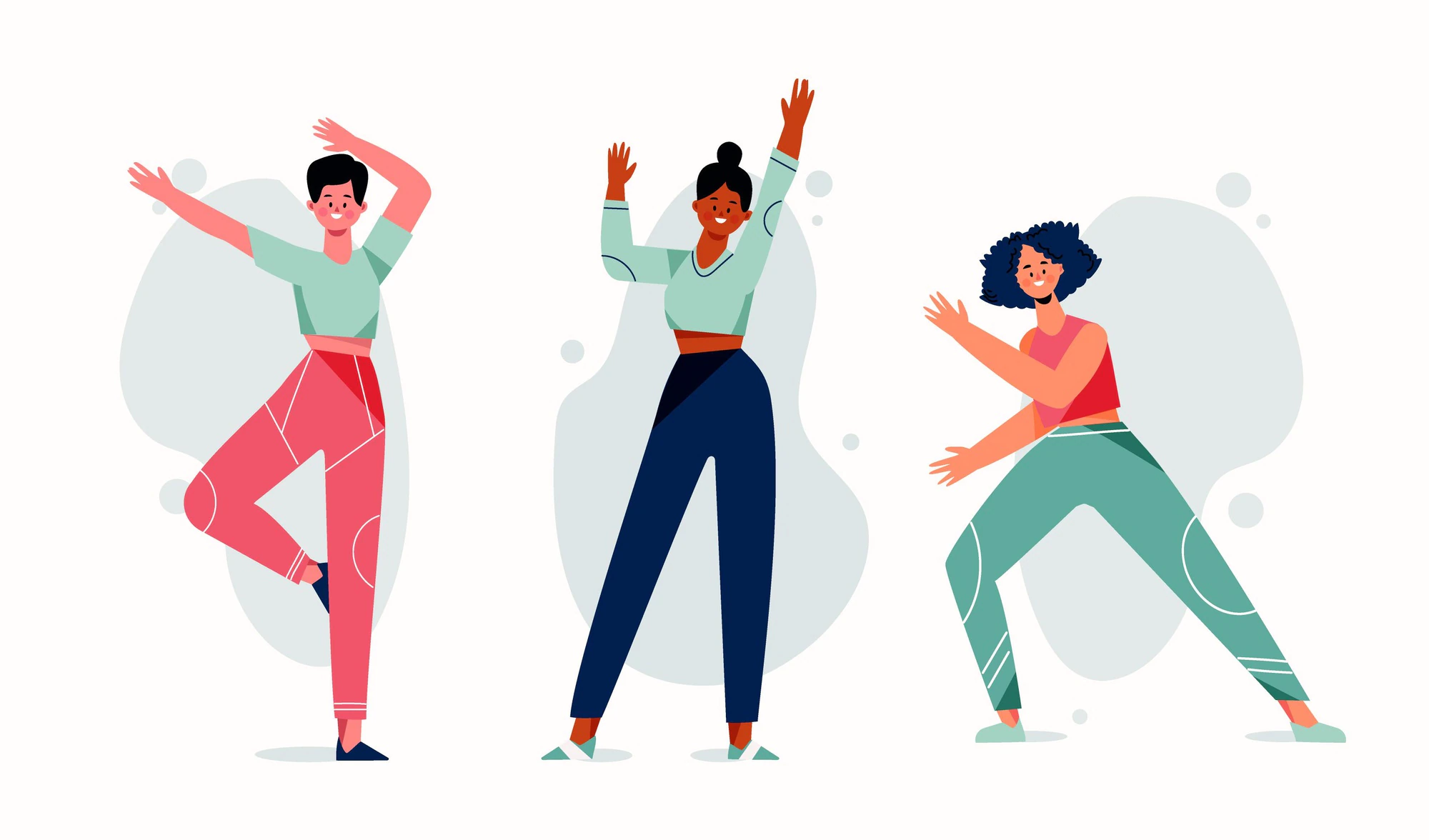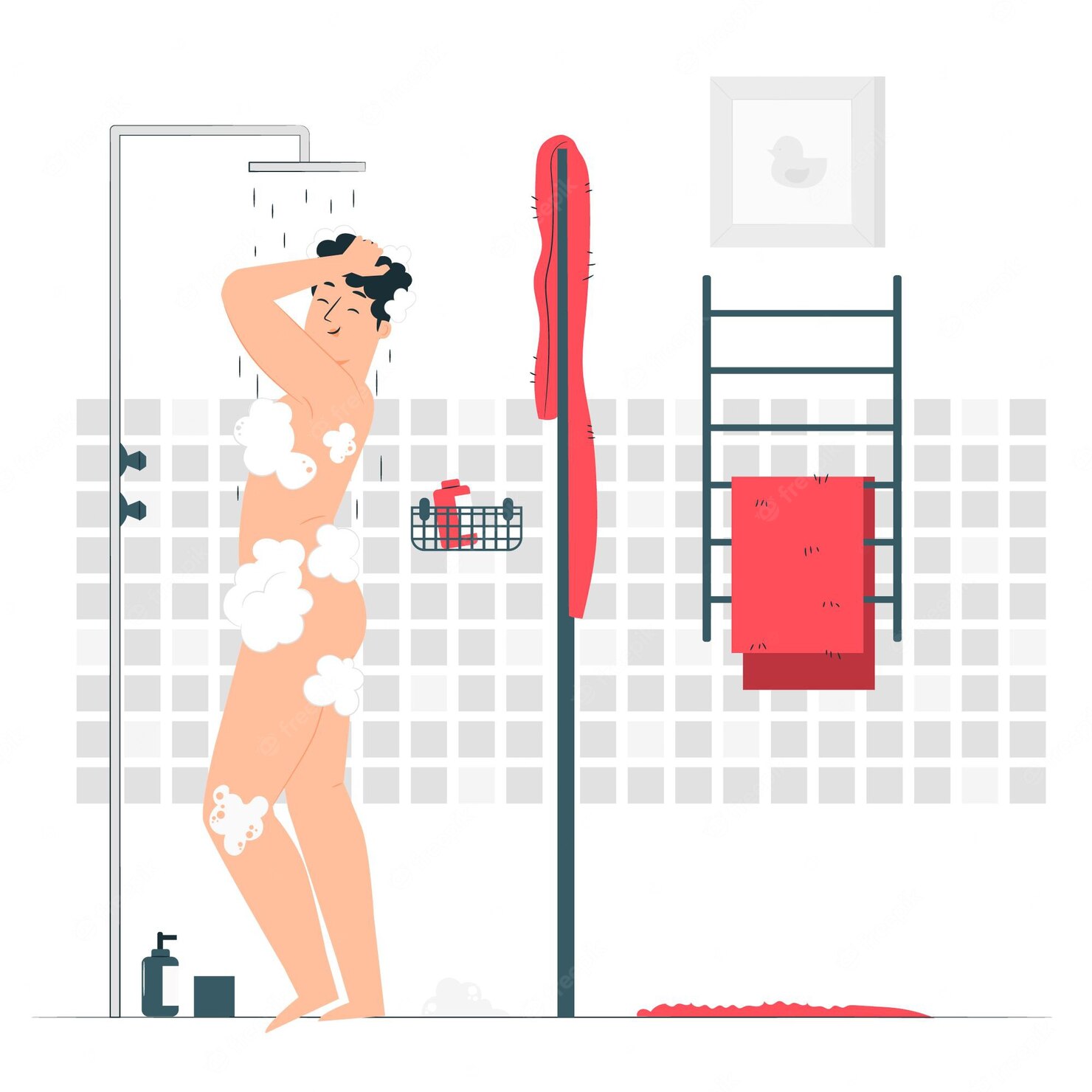In today’s fast-paced world, getting a full night’s sleep is often a luxury. Whether you’re dealing with late-night work, social obligations, or simply struggling with insomnia, the effects of sleep deprivation can be tough to hide. But what if you could trick the world into thinking you’ve had a restful night?
This 2024 guide dives into the latest tips and techniques on how to fake a good night’s sleep like a pro. From beauty hacks and skincare routines to lifestyle adjustments and quick fixes, we’ll show you how to look fresh and energized even when you’re running on fumes.
Perfect for busy professionals, students, and anyone who needs to put their best face forward, these tips will help you navigate your day with confidence, no matter how little sleep you’ve had.
Stay ahead of the game with our up-to-date strategies and make every morning a good morning.
Today I will give you some simple, easy to follow, tips on:
- HOW TO FAKE SLEEP
- HOW TO AVOID FALLING ASLEEP
- HOW TO FAKE A GOOD NIGHT SLEEP
- HOW TO FAKE WAKING UP
- HOW TO TELL IF SOMEONE IS ASLEEP
There are different reasons why you may need these tips. Whether you are trying to avoid interacting with your housemate or family member, you want to look like you had a good night sleep even if you didn’t or you want to show your partner that you are just waking up, for sure these tips will help you.
General rule? Make it look as natural as possible.
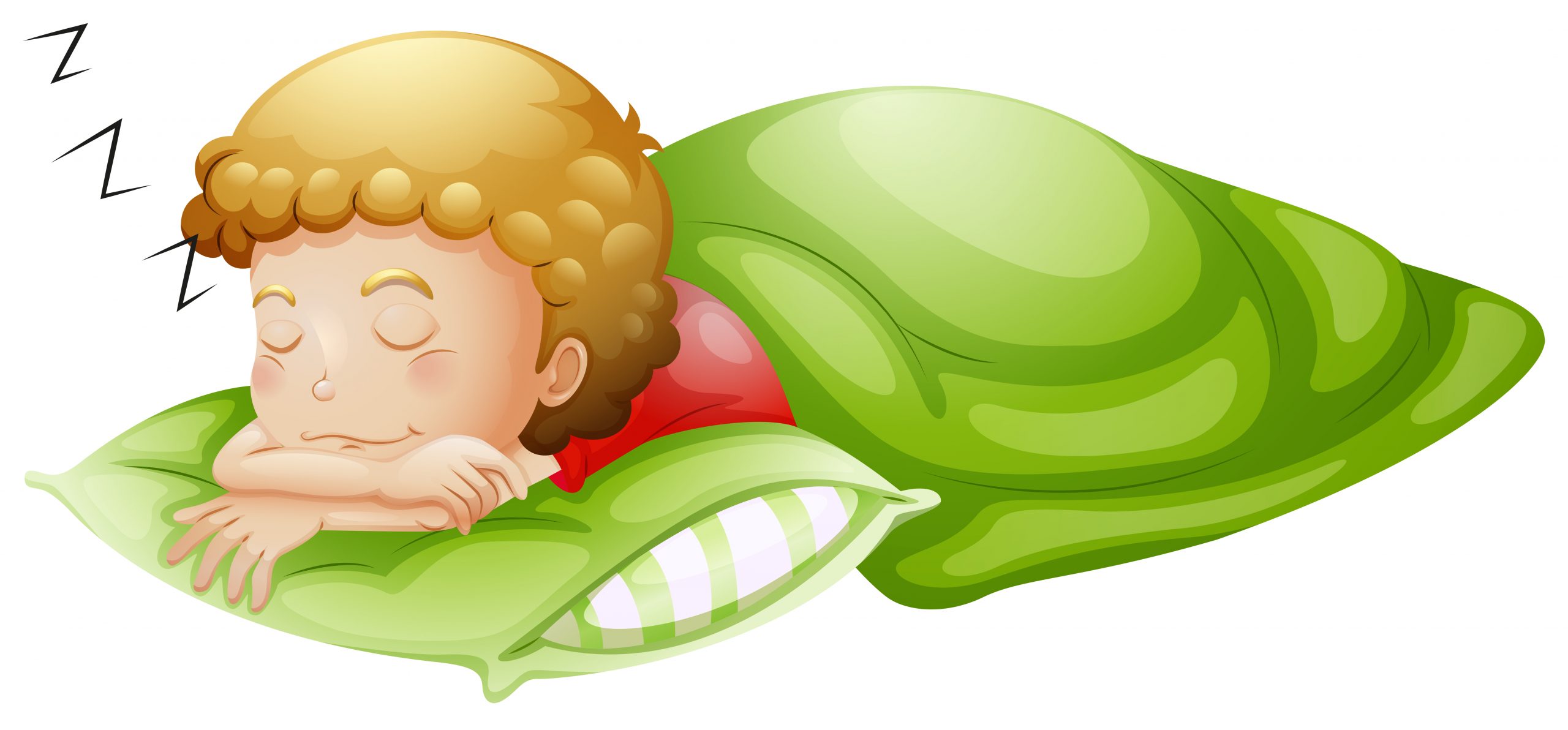
Table of Contents
How to Fake Sleep. Easy to Follow Tips.
You can avoid talking to someone by pretending to be asleep, and you can also listen to what they are doing. We’ve put together a list of simple tips and tricks to help you pull off your best sleepy poker face.
| HOW TO FAKE SLEEP |
| 1. Adopt a natural, sleeping position |
| 2. Keep your body still |
| 3. Close your eyes gently |
| 4. Breathe in a rhythmic manner |
| 5. Be reactive |
Adopt a natural, sleeping position
Here is the first “rule” on how to fake sleep. Adopt the position you would normally take when trying to fall asleep. Keep the most natural, comfortable position you can think of, so people don’t find it suspicious. Do you normally sleep on your stomach? Do so when faking sleep. [i]
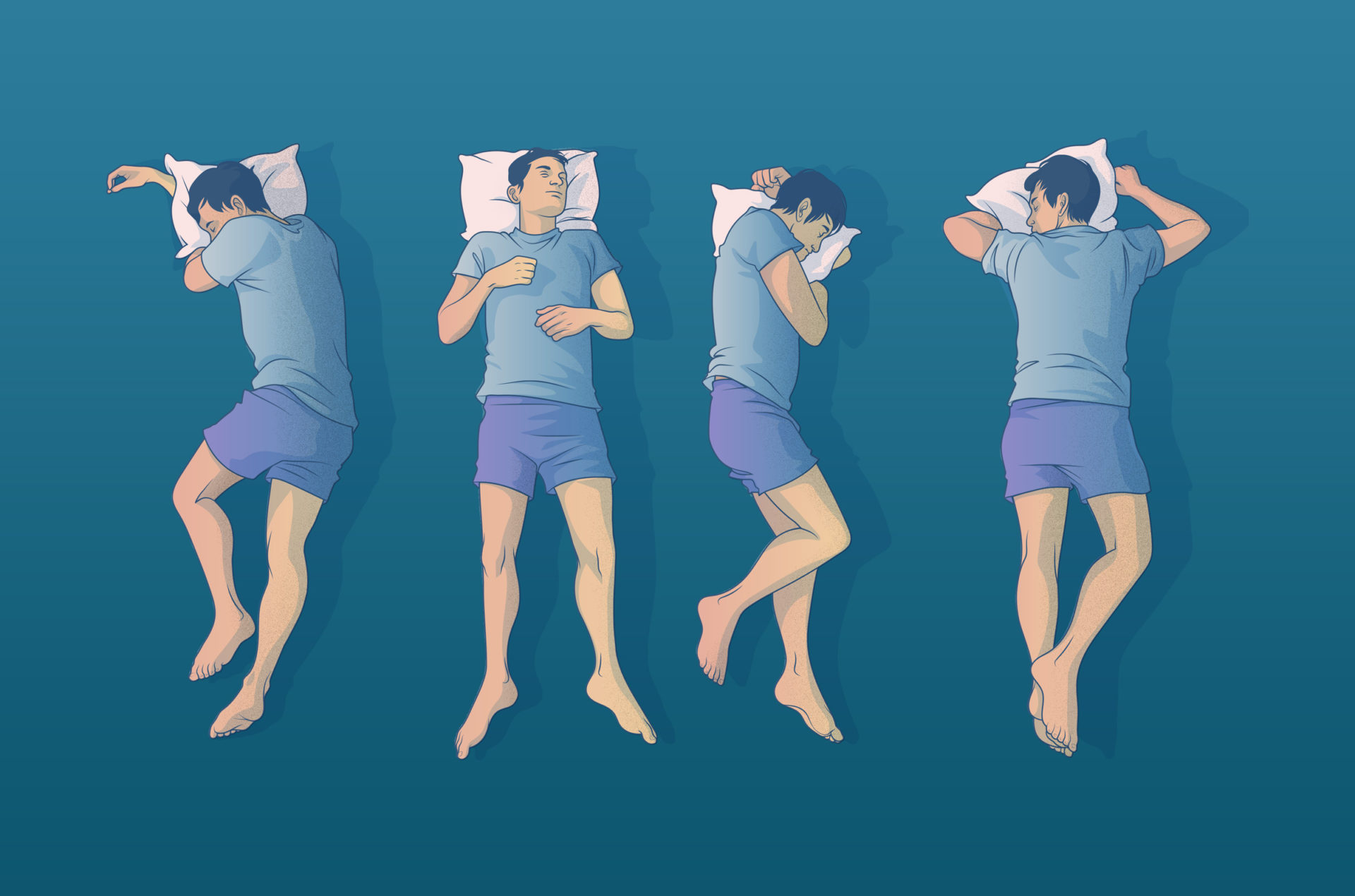 Keep your body still
Keep your body still
When you sleep on your own, you won’t move around much. If you want to look like you’re really asleep, it’s best not to move. You won’t be expected to move unless someone is watching you sleep for a long time. [i]
Close your eyes gently
Don’t squeeze your eyelids together tightly. Your muscles, including your eyelids, should be loose to give the best impression of sleep. [i]
- When you close your eyes, look down to keep your eyelids from moving.
- When you sleep, your eyes don’t always close all the way. Let your eyelids droop and gently close; you might still be able to see through the slit.
- Look quickly from side to side with your eyelids closed to imitate REM sleep, the deepest stage of sleep when your eyes move quickly.
- Even the muscles in your face can move. For a convincing effect, twitch your forehead and jaw muscles.
Breathe in a rhythmic manner
Breathe slowly, evenly, and deeply. You should try to keep your breathing as even as possible by relaxing it. Count in your head as you take a deep breath in, then try to exhale for the same amount of time. This should be done for each breath you take. [i]
Be reactive
Even during sleep, our brain is still subconsciously aware of what is happening around us. This is why our body still reacts to any outside stimuli, in a subtle way. Make your fake sleeping seem more convincing by incorporating what appears to be unconscious reactions to sounds and movements in the room.
In case someone touches you, or you hear a loud noise, slightly twitch your body, and take a sudden, but short breath. After this sudden reaction, let your body relax and your breathing return to a deep, even state.
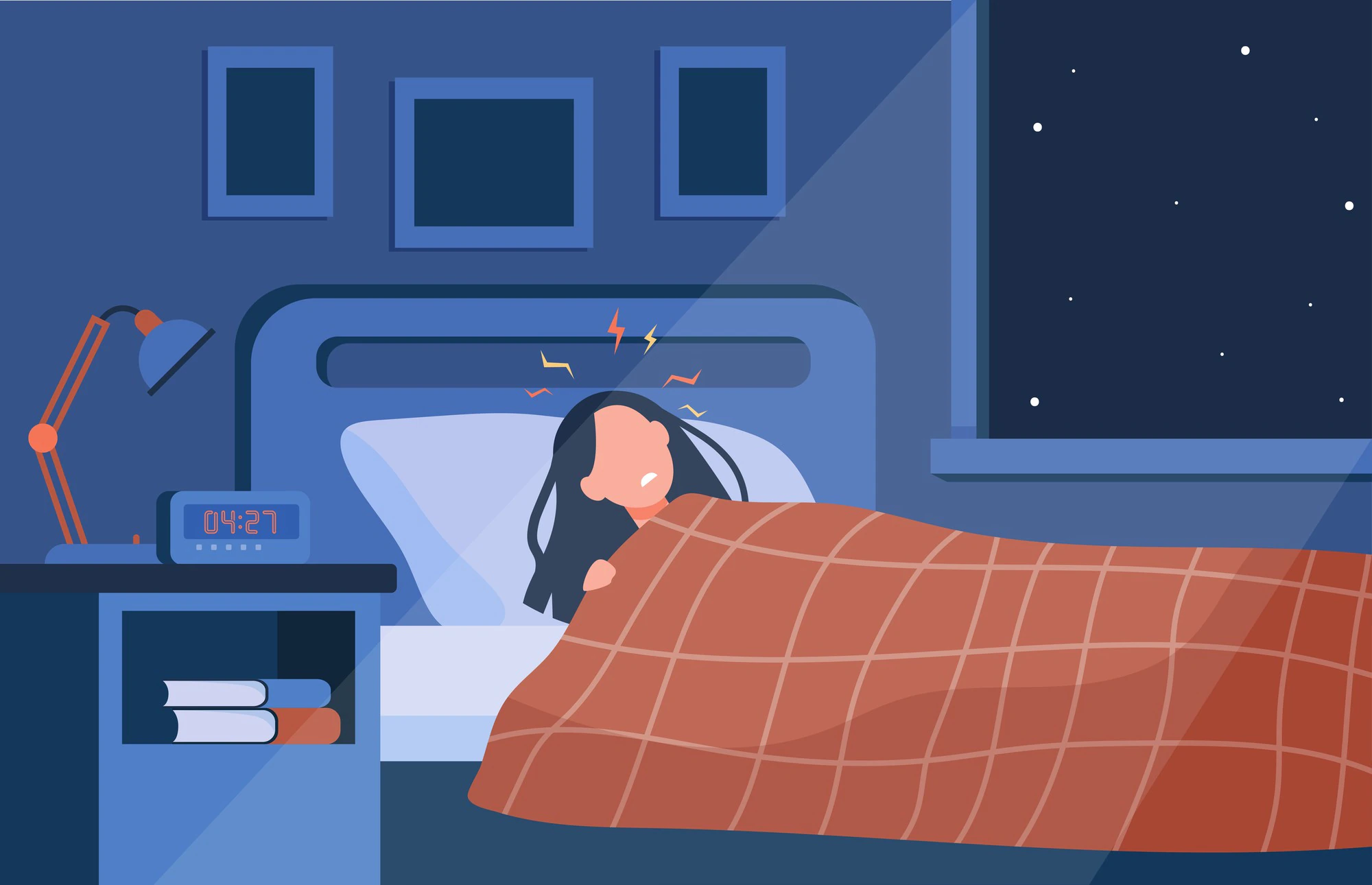
How to Avoid Falling Asleep
We have now seen how to fake sleep, so let’s see the best ways to avoid falling asleep as well.
To help you stay awake, here are some tips. Of course, if you’re exhausted, they might not work. It’s important to note that forcing yourself to stay awake on a regular basis is not advised. A healthy lifestyle requires that you pay attention to your body’s signals.
| HOW TO AVOID FALLING ASLEEP |
| 1. Keep cool |
| 2. Put on your headphones |
| 3. Do complicated calculations |
| 4. Move around |
| 5. Consume caffeine |
Keep cool
Turn on a fan and remove some of the blankets from your bed. A fan will also drown out some distracting noise when it is turned on. Even when your eyes are closed, cooling down your body and room can make it more difficult to fall asleep.
- If possible, open a window to let in some fresh air.
- If you live in a hot climate, keep yourself cool under the covers with an ice pack.
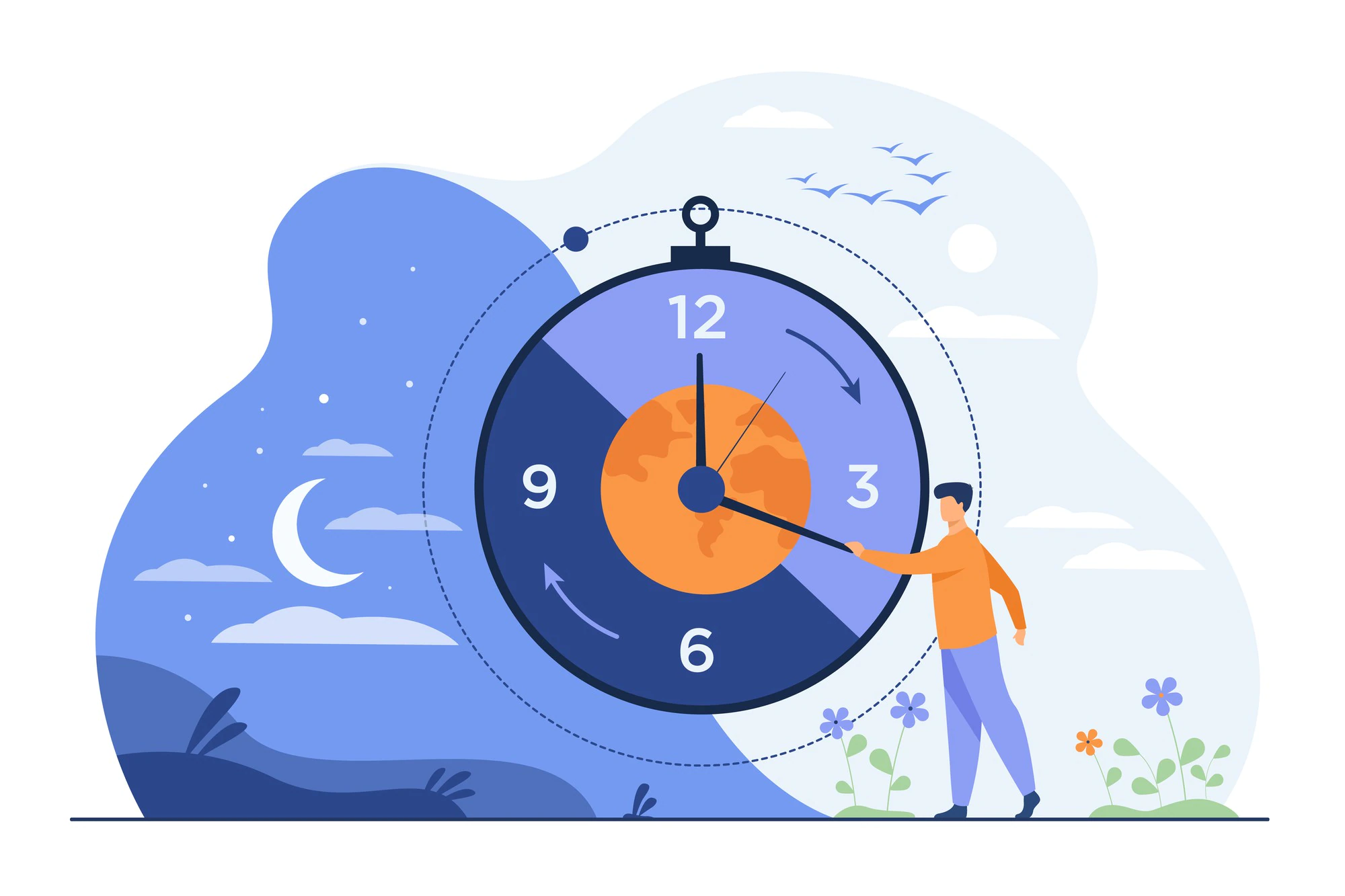
Put on your headphones
Listen to loud, fast music by putting earbuds in your ears. Your adrenaline level can go up when you listen to exciting music, which can keep you awake. Listen to upbeat rock, hip hop, or EDM songs instead of classical music, which can make you fall asleep. [i]

Do complicated calculations
Try to do complicated math in your head as fast as you can. It’s been shown that boring tasks make you sleepier, while fast-paced tasks keep you more awake. As a way to keep your mind active, try taking away random numbers or multiplying two- and three-digit numbers.

Move around
Robert Thayer, PhD, a professor at California State University, Long Beach, did a well-known study to find out if eating a candy bar or going for a brisk 10-minute walk gave people more energy. Even though the candy bar gave the people a quick boost of energy, an hour later they were more tired and had less energy. The energy I got from the 10-minute walk lasted for two hours. Walking moves oxygen through your bloodstream, brain, and muscles.
Consume caffeine
Grab some Mountain Dew, coffee, tea, or a few pieces of chocolate that contain caffeine. You don’t need to drink a whole soda or a whole cup of coffee, especially if you don’t usually drink caffeine.
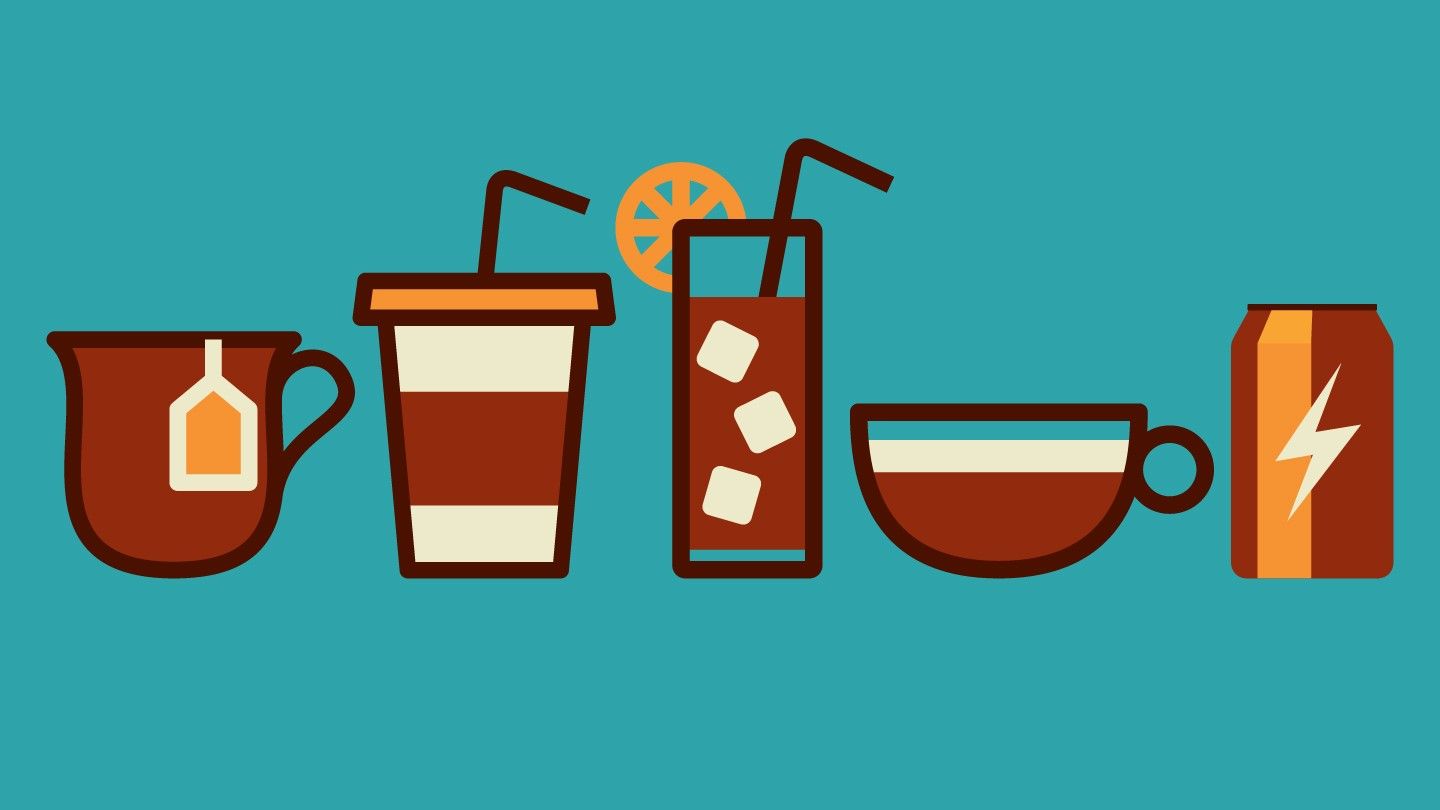
How to Fake a Good Night Sleep
Now that we have seen how to fake sleep and how to avoid falling asleep, I thought you may want to know how to fake a good night sleep as well.
| HOW TO FAKE A GOOD NIGHT SLEEP |
| 1. Open the shades as soon as you get up |
| 2. Start your day with healthy protein and whole-grain carbs |
| 3. Take a cold shower |
| 4. Take a walk |
| 5. Drink plenty of water |
Open the shades as soon as you get up
Your internal clock, the part of your brain that tells you when to do everything from sleep to eat, responds to natural light in a big way. And researches show that getting some sun in the morning helps set that clock, making you more awake, giving you more energy all day, and even speeding up your metabolism.
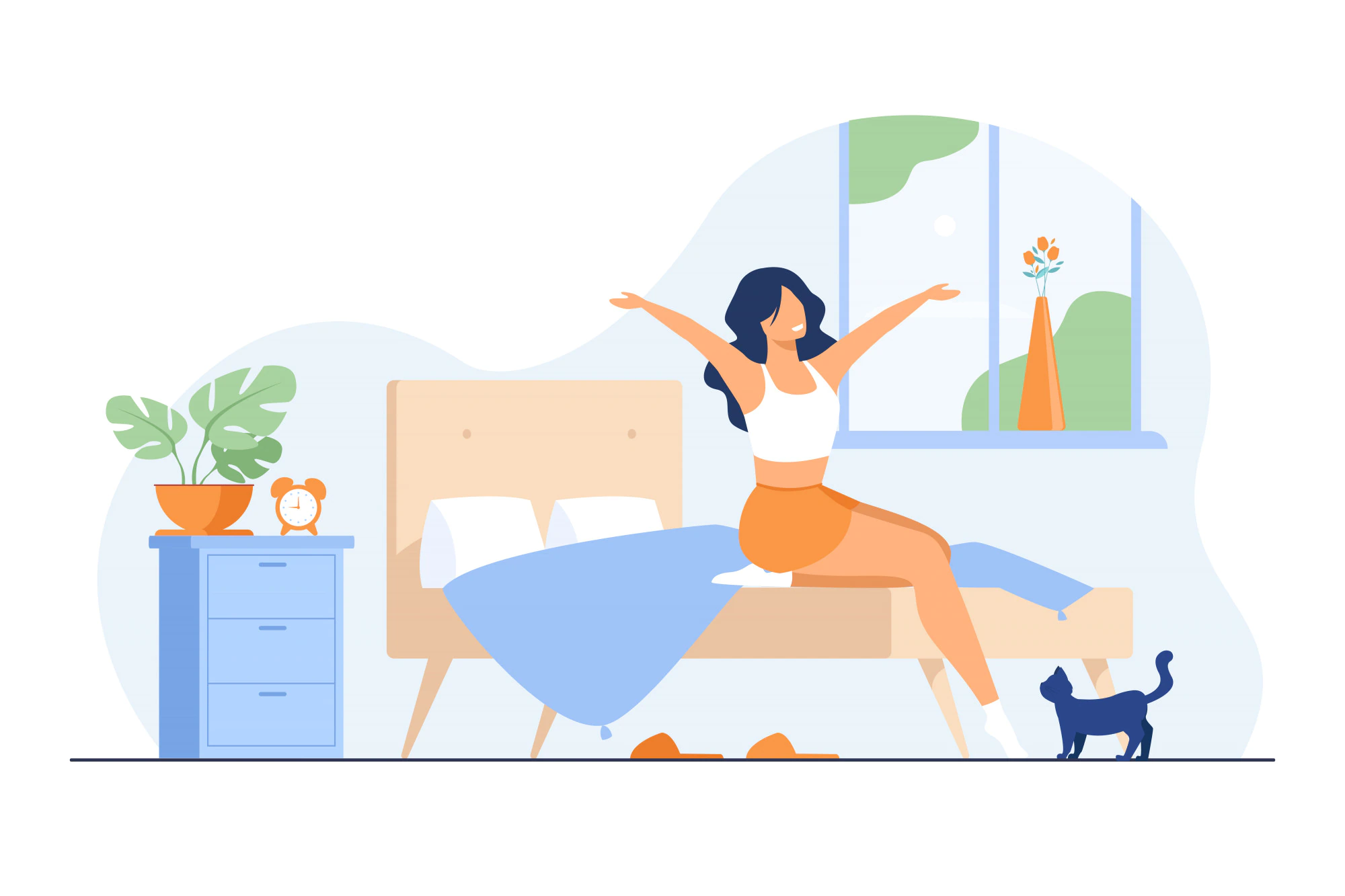
Start your day with healthy protein and whole-grain carbs
Coffee is a great way to wake up in the morning. However, if you eat it with sugary cereal, bagels, or donuts, you’ll probably feel sluggish the rest of the day.
Filling your morning meal with healthy complex protein and carbs, on the other hand, will keep you energized! It’s all about choosing proteins and carbohydrates that are high in nutrients. [i]

Take a cold shower
Get in the shower and give yourself a quick cold-water rinse. As your body tries to warm itself, the cool water will raise your heart rate and speed up your metabolism. You don’t need to take a long shower; a minute will suffice. [i]
Take a walk
According to Michael Breus, Ph.D., author of “The Sleep Doctor’s Diet Plan” the time of day when the sleep deprived drag the most is between 1 p.m. and 3 p.m. Try going for a 10-minute walk if you find yourself yawning during afternoon meetings.
Movement prevents a slump by raising core temperature and stimulating the heart, brain, and muscles. Even pacing around your office will help you re-energize your body.
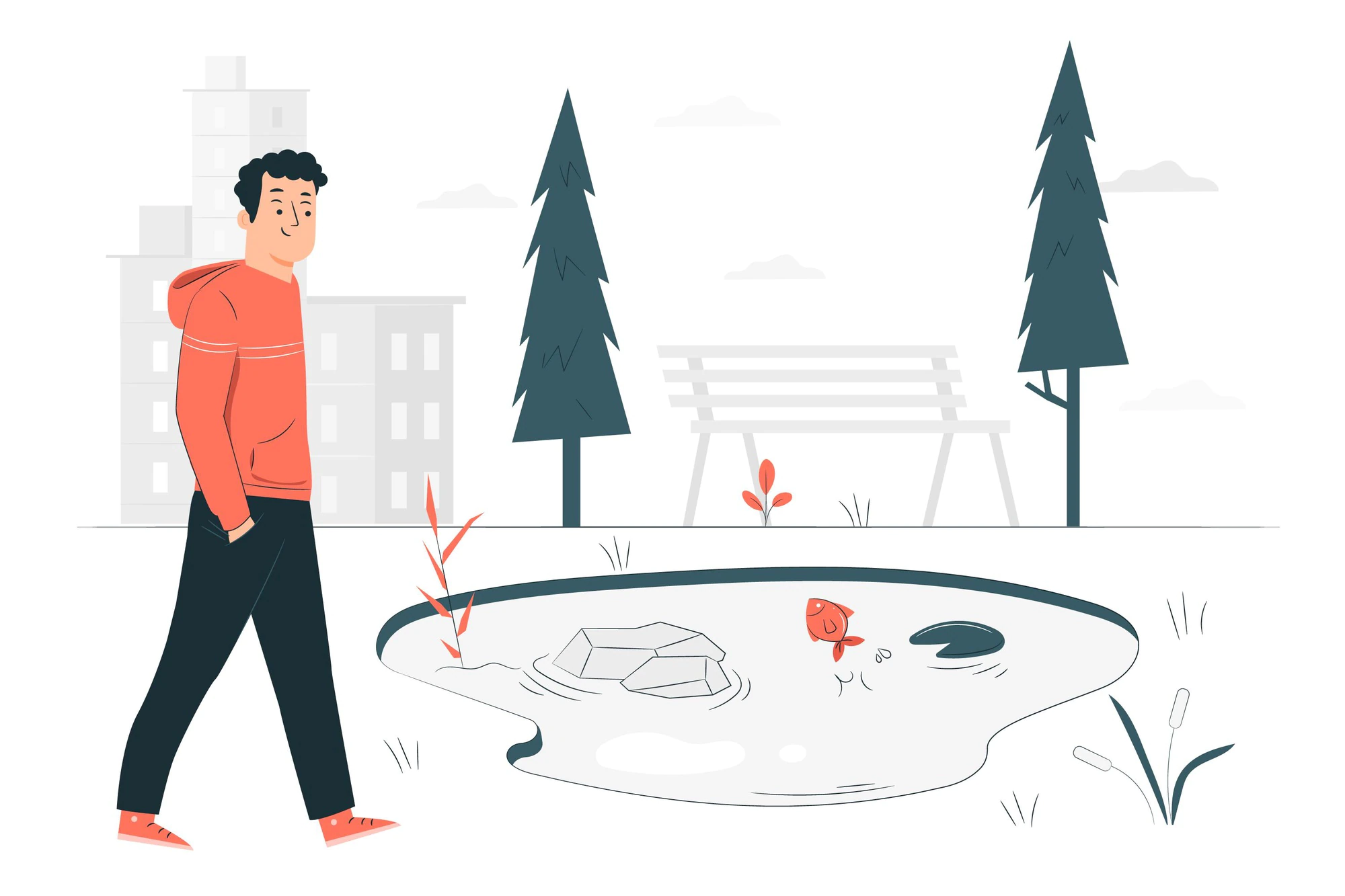
Drink plenty of water
Even if you’re not suffering from a hangover, sleep deprivation can cause mild dehydration. And, dehydration exacerbates fatigue, so drinking water will help you sleep better. Y ou should drink enough to stay hydrated and have clear-ish urine.
Another option is to add a few ice cubes. Unlike warm beverages, which relax you, cold beverages can increase alertness because they are more refreshing.
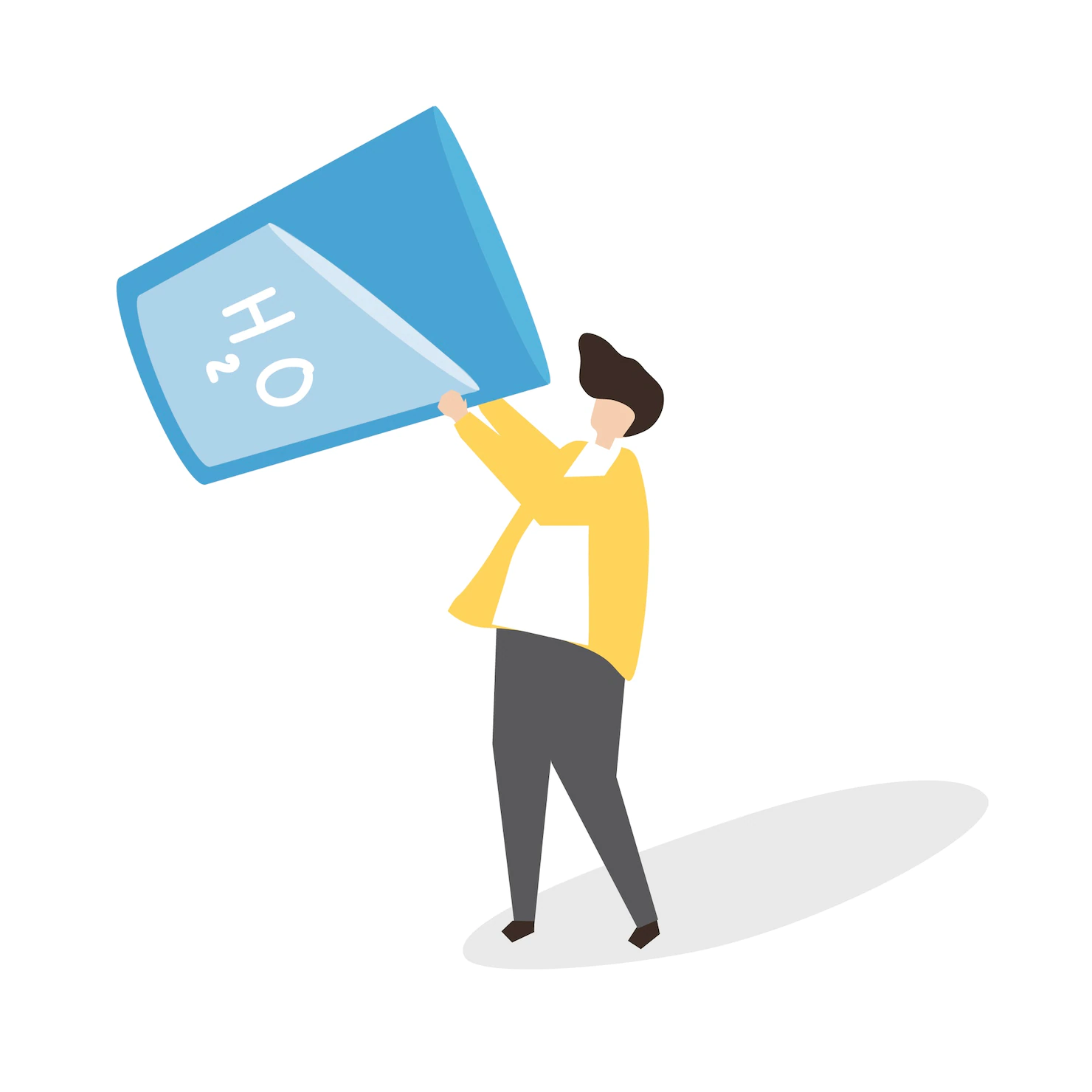
How to Fake Waking Up
This chapeter is closly related to the tips on how to fake sleep. In case you were pretending you were asleep, at some point, you may need to act as if you are just waking up. So here are the best tips to follow.
- Without opening your eyes, groan and give incomplete responses to the waker.
- Squint your eyes and rub them if you want (with or without light in the room).
- Put your hands behind your head or on your cheeks and take a deep breath in through your nose only once you’ve become “conscious.” Groan a little more after you’ve let some air out.
- Slowly turn to face the waker and groan once more.
- Open your eyes wide and lie down on your back/stand up in bed/sit on the edge of the bed with your head down for about a minute.
- Make your way out of the bed, looking as if it were a difficult task, and stretch as soon as you can.
- Inquire about the time, and perhaps mumble something to yourself.
- Put the covers over your head, roll around, and say “stop” if they turn on the light.
- Put a smidgeon of black eye shadow under your eyes to fool them even more. This will demonstrate that you “recently awoke.”
- Act exhausted in front of everyone, but not too exhausted, or people will assume you didn’t get enough sleep.
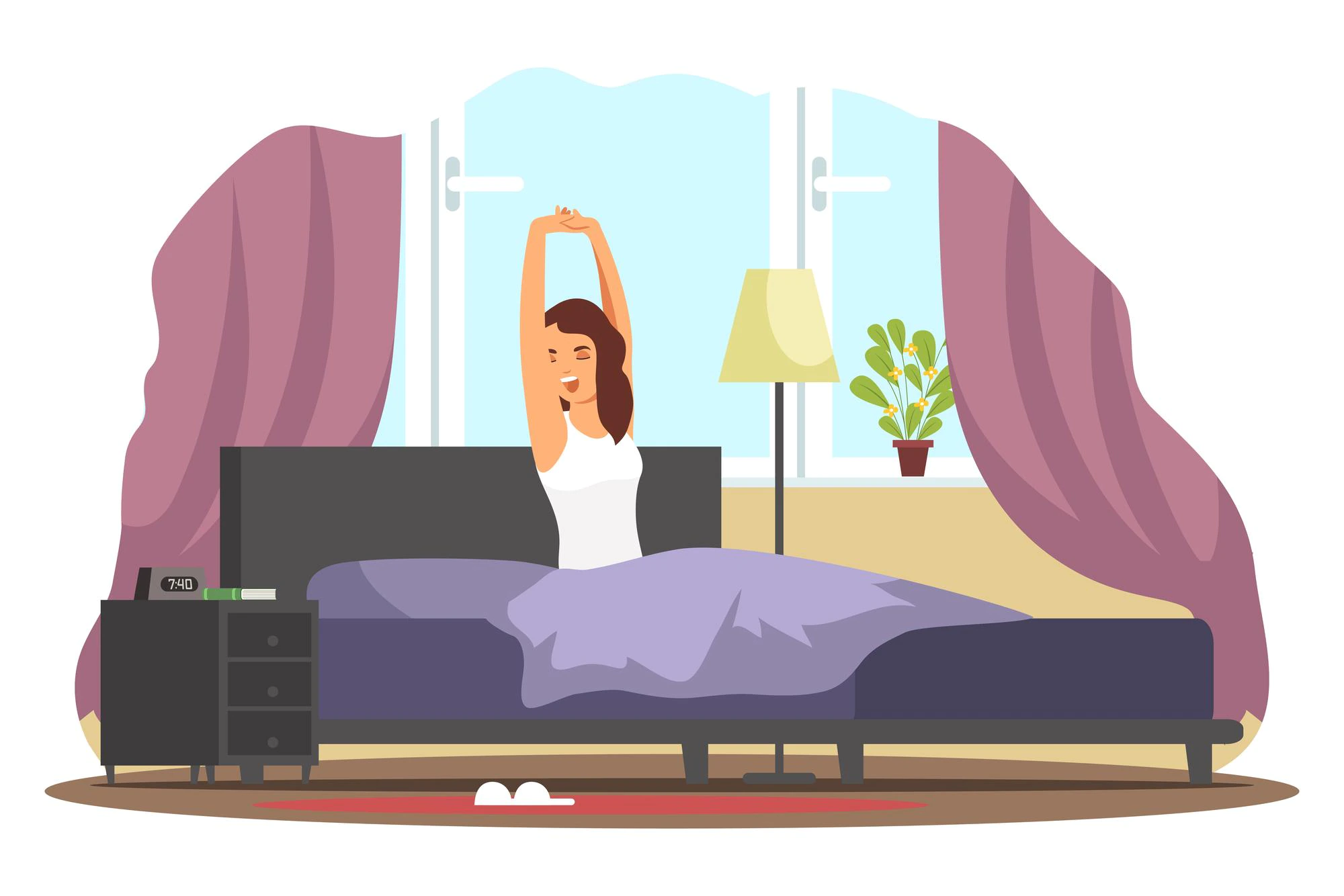
How to Tell if Someone is Asleep
For the sake of politeness, it doesn’t really matter if someone is asleep or faking; they’ll wake up or stand up when they’re ready. The good news is that there are some techniques you can apply in certain situations or in case of emergency, such as a child who is refusing to go to bed, to determine whether or not he or she is deliberately putting off bedtime.
| HOW TO TELL IF SOMEONE IS ASLEEP |
| Look for signs of strange brahviour |
| Flick the top of the sleeper’s cheek |
| Keep track of their breathing |
| Examine their eyelids |
| In case of Emergency: Begin with some noise and gentle shaking |
| Place one of their hands on the face |
Look for signs of strange brahviour
Most people do things before bed, like turn off the lights, get dressed for bed, and get into bed. It’s not likely that someone would really fall asleep fully dressed in a brightly lit living room unless they were very tired or often took naps.
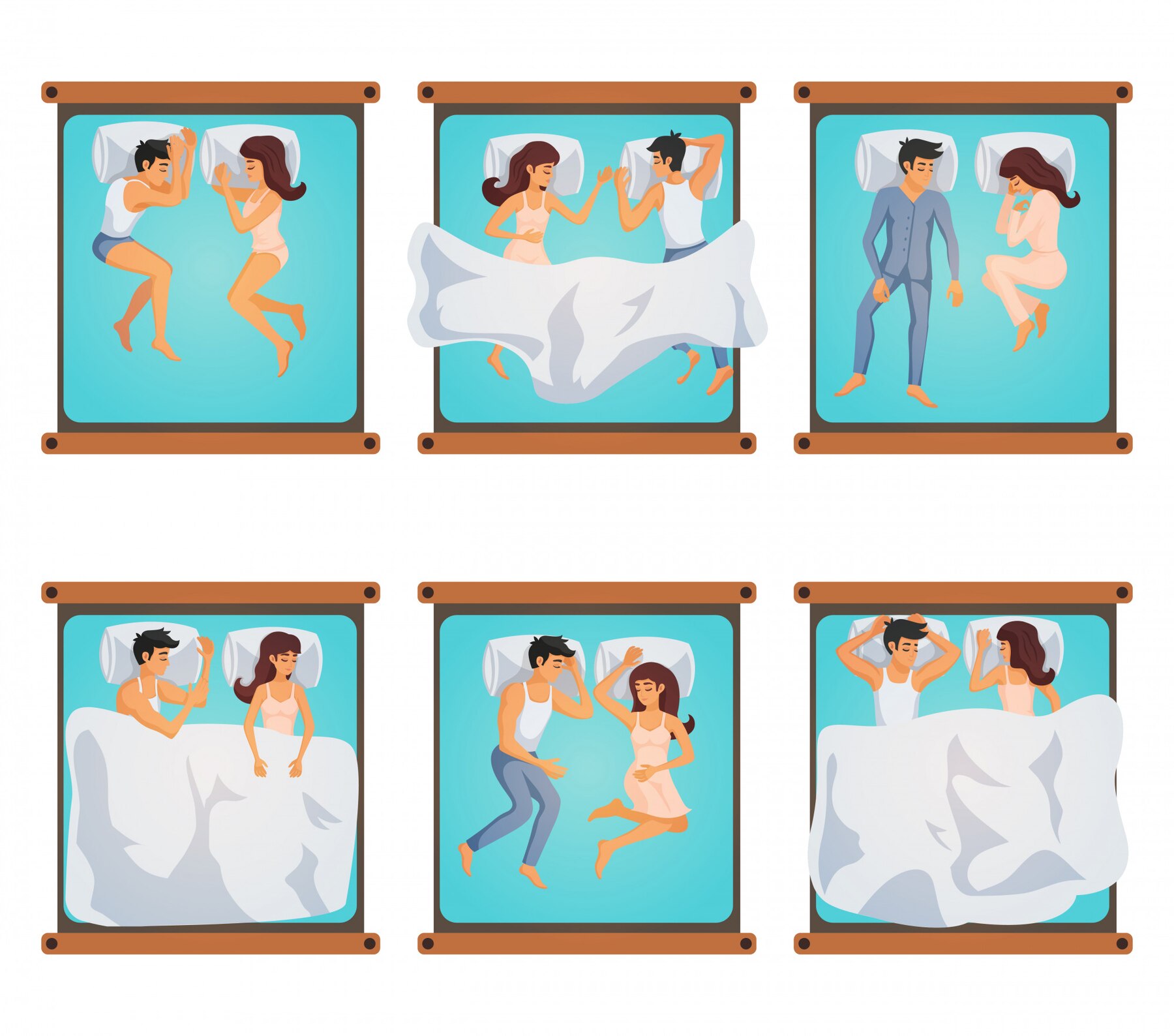
HINT: If you were with that person before they “fell asleep” try to remember if they brushed their teeth, ate a snack before bed, or did whatever else they usually do before going to sleep.
Flick the top of the sleeper’s cheek
Flick the upper cheek of the sleeper. Gently flick your index or middle finger off your thumb and onto the upper cheek of the sleeper. Rep two or three times more. The sleeper is awake if you notice their eye twitch in response. The obnoxious sensation, like many of these tests, may cause fakers to admit their trickery on their own.
Similar reactions can be elicited by snapping fingers in front of the eye or brushing eyelashes with fingers.
Keep track of their breathing
Sleeping people breathe more regularly and at a slightly slower rate than awake people. There are some exceptions, such as dreamers and sleep apnea patients, who breathe in more irregular patterns.
A fake will almost always attempt to imitate a slow, regular pattern, but because this requires concentration, the pattern will frequently change within a couple minutes. [i]
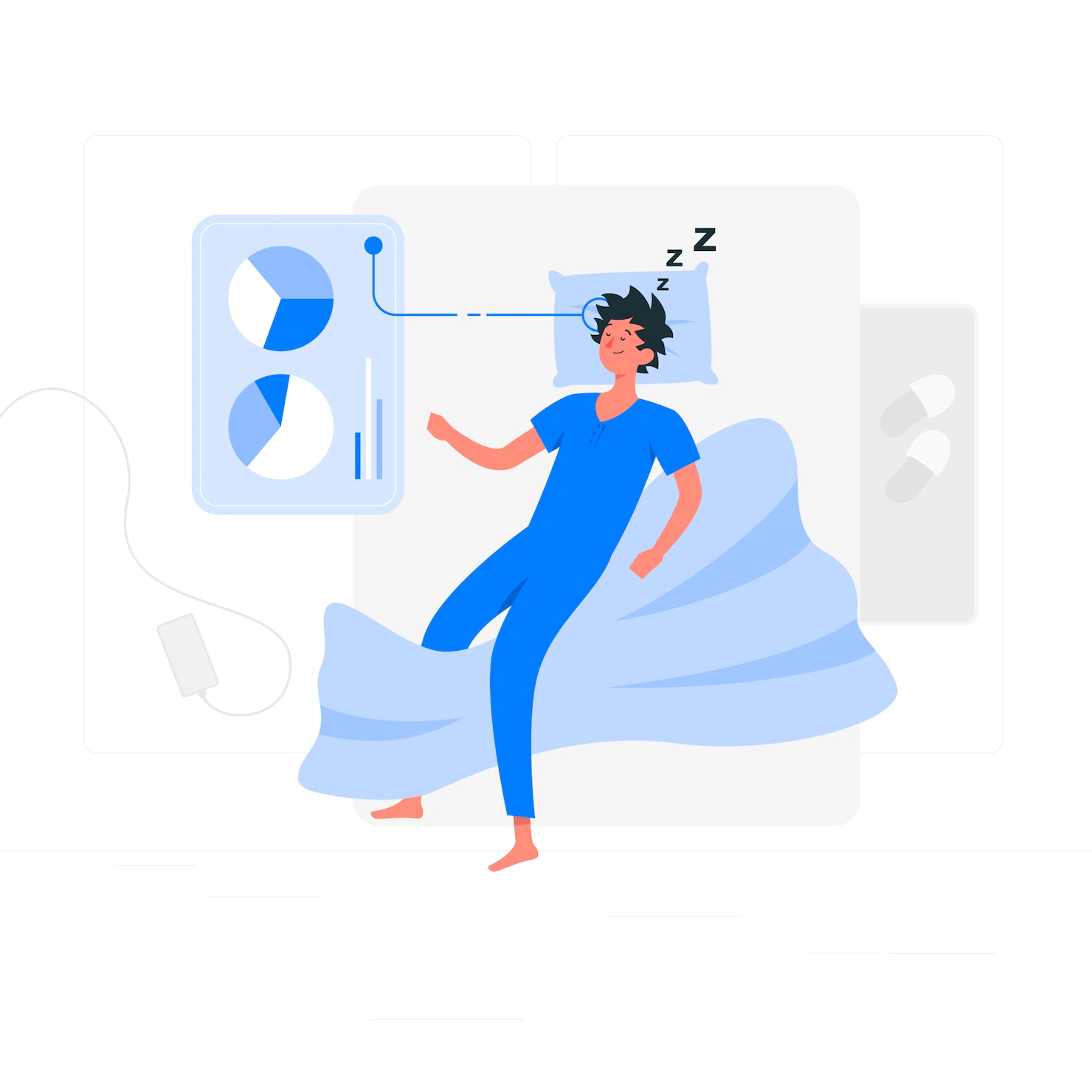
Examine their eyelids
The eyelids of a sleeping person are gently closed, not tightly scrunched together. REM (Rapid Eye Movement) sleep causes their eyes to move beneath the eyelid in rapid, short movements. REM sleep usually begins 90 minutes after a person falls asleep, and then only in 10 to 60 minute stages. So, while someone with rapidly moving eyes is almost certainly sleeping, someone with calm eyes won’t necessarily tell you anything.
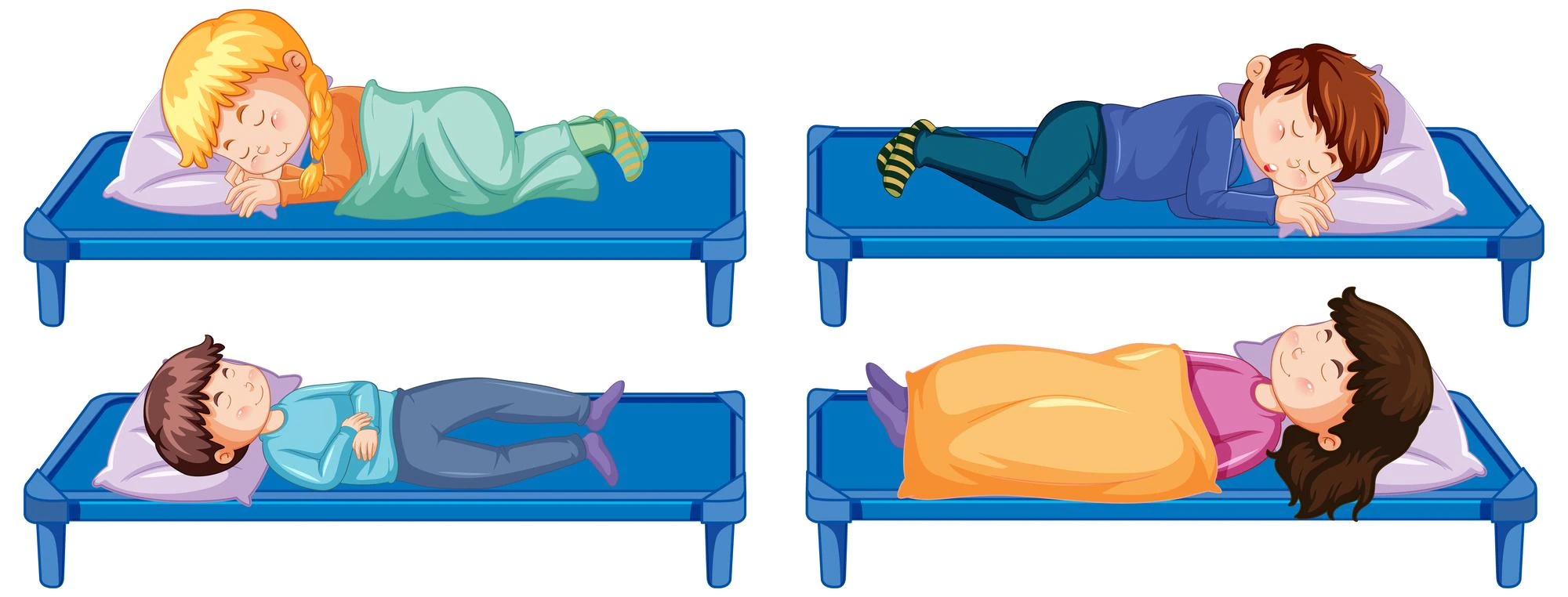
In case of Emergency: Begin with some noise and gentle shaking
If you come across someone who appears to be sleeping on the floor or in an uncomfortable position, or if you suspect a life-threatening injury, medical condition, or drug abuse, do not hesitate to wake them up.
Speak loudly and shake them gently by the shoulders. If they do not respond, call 911 or try one of the tests listed below for no more than a minute.
IMPORTANT: If the person reacts but does not act normally, have them wiggle their fingers and open their eyes. If they are unable to do so, they require medical attention.
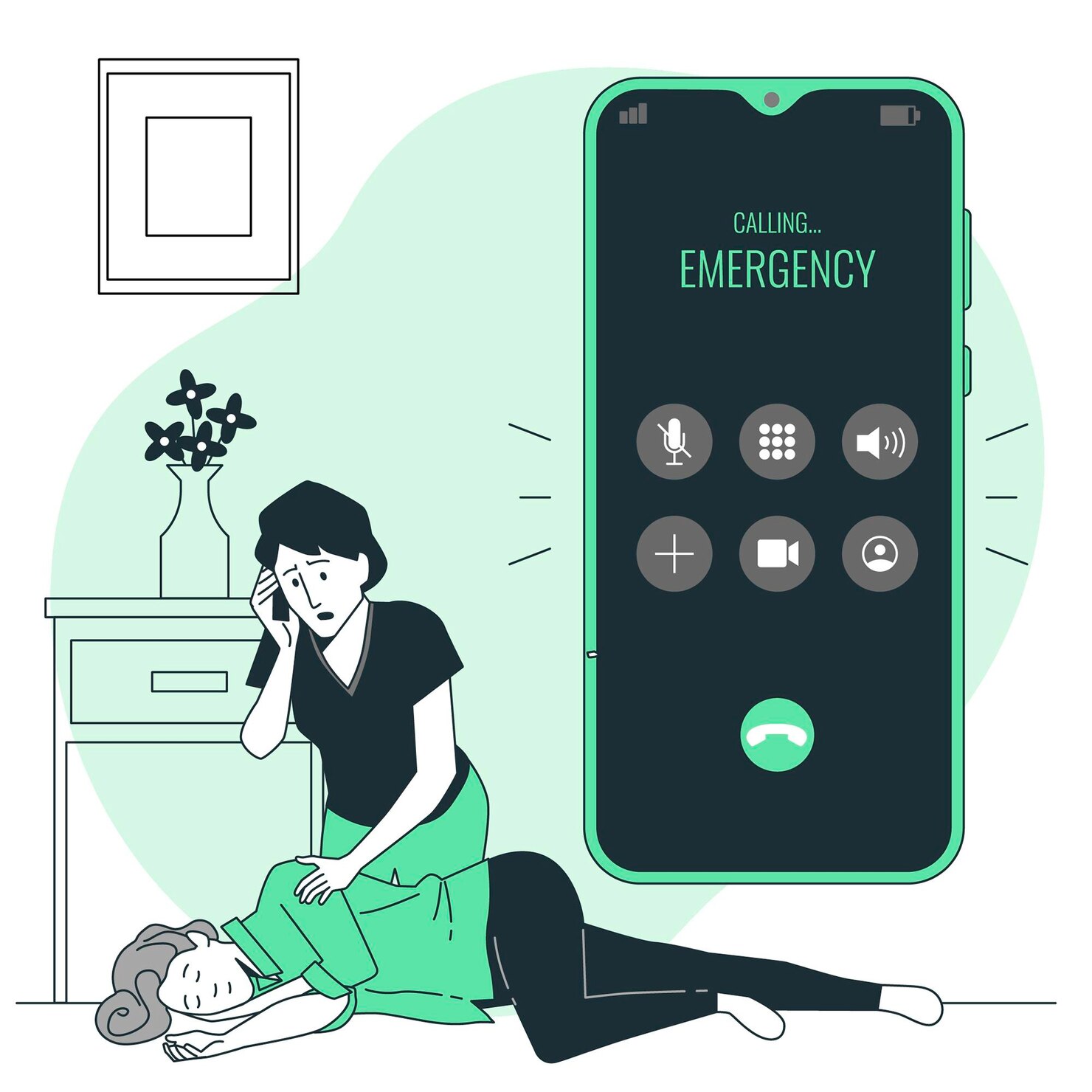
Place one of their hands on the face
Lift one of the sleeper’s hands and hold it a few inches (centimeters) above their face before releasing it. If the person is awake, they will usually flinch or move their elbow to avoid the hand landing on their face. A dedicated faker can also stay still for this.
If this fails and you’re still suspicious, try again with your hand six inches (15 cm) above their face. Put your hand a few inches (centimeters) above the sleeper’s face this time, so you can catch their hand if it falls straight down.
![How to Fake Sleep or a Good Night Sleep Like a Pro [2024 Guide]](https://www.hispotion.com/wp-content/uploads/2022/04/fake-sleep-960x504.webp)
